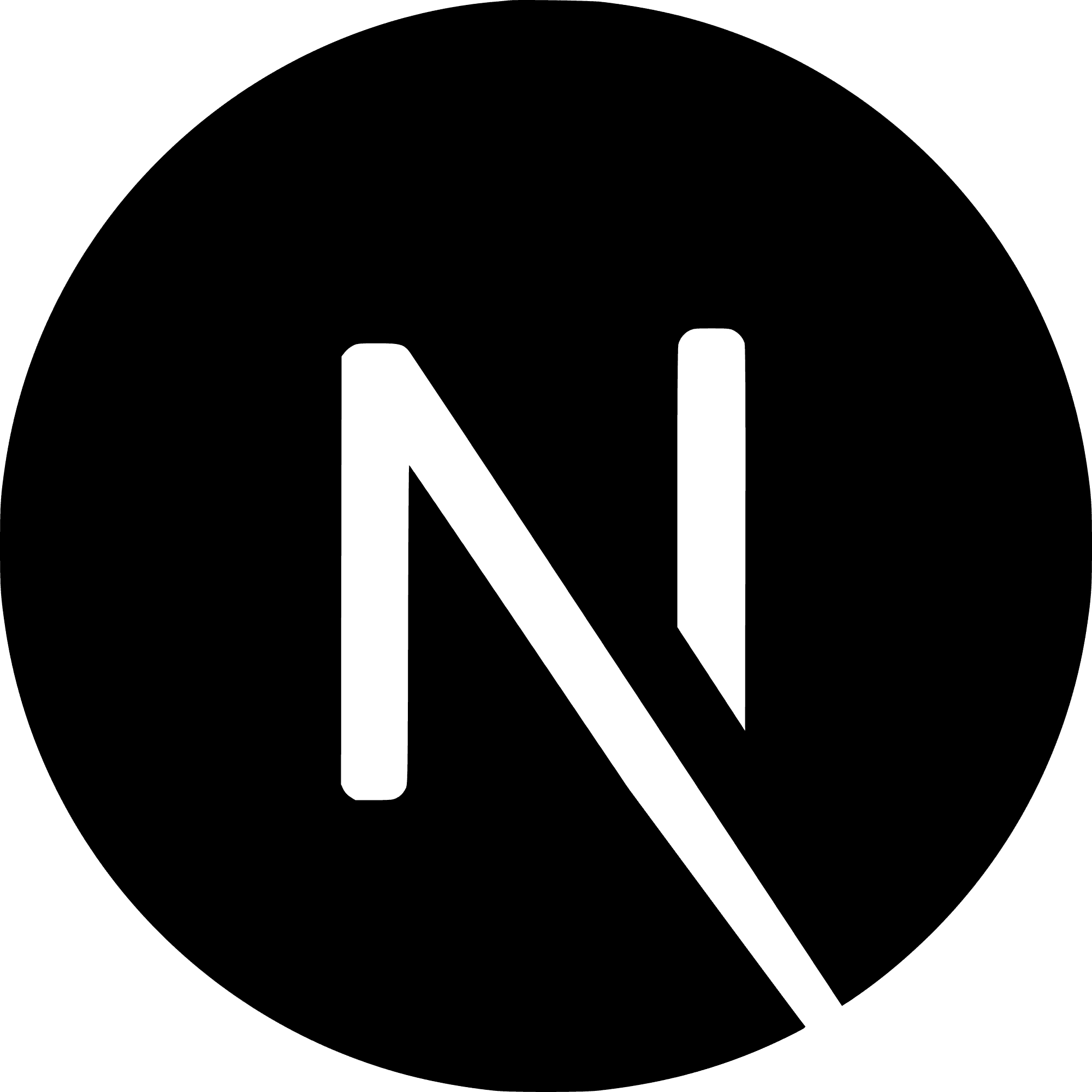What Are React Hooks?
Released in React 16.8, React Hooks allow you to you use state and other React features without writing a class.
Here is a simple example from the reactjs.org website:
import React, { useState } from 'react'; // <--- import the hook
function Example() {
// Declare a new state variable, which we'll call "count"
const [count, setCount] = useState(0); // <--- useState is the hook
return (
<div>
<p>You clicked {count} times</p>
<button onClick={() => setCount(count + 1)}>
Click me
</button>
</div>
);
}
As you can see, we can create a state variable named count in only one line using the useState hook.
Note: React hooks are imported from React like such: import { yourHookHere } from 'react'.
Using useEffect In Next.JS
Adding the useEffect() (or Effect Hook) hook in Next.js is not at bad as one would think. Let's take a look at an example. We will use useEffect to add an event listener
to handle when a user scrolls. We will then log to the console the scrollY value. This is how this website dynamically adds
the css to the nav bar on scroll!
The useEffect hook is used to perform side effects in function components.
Import useEffect from react
import React, { useState, useEffect } from 'react'
Call the method and add code
useEffect(() => {
})
We can add anything we want in here. Let's add our event listeners:
useEffect(() => {
window.addEventListener('scroll', handleScroll);
return () => {
window.removeEventListener('scroll', handleScroll)
}
})
Finally, create the handle scroll method and log the scrollY value to the console:
const handleScroll = () => {
console.log(scrollY)
}
Conclusion
And that's it! Check out my YouTube channel for more coding tutorials!




